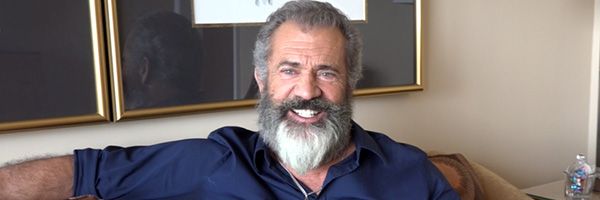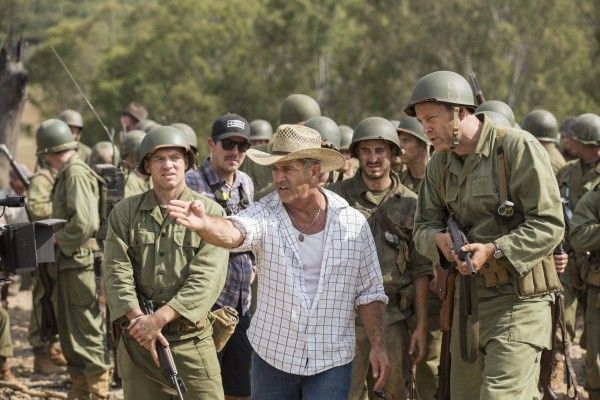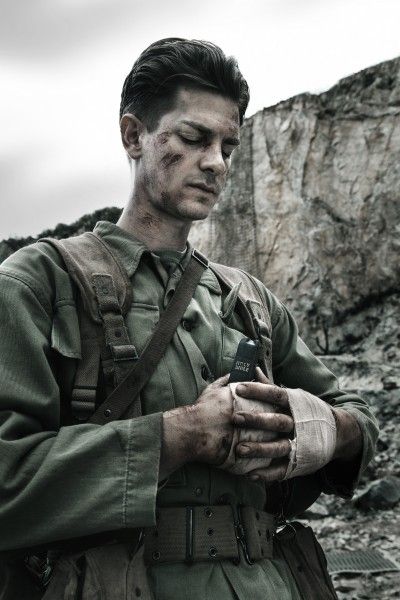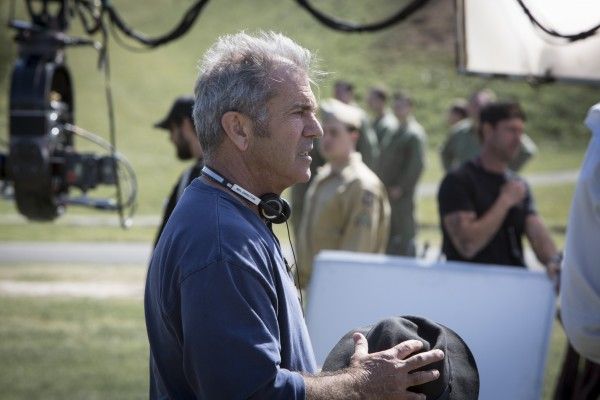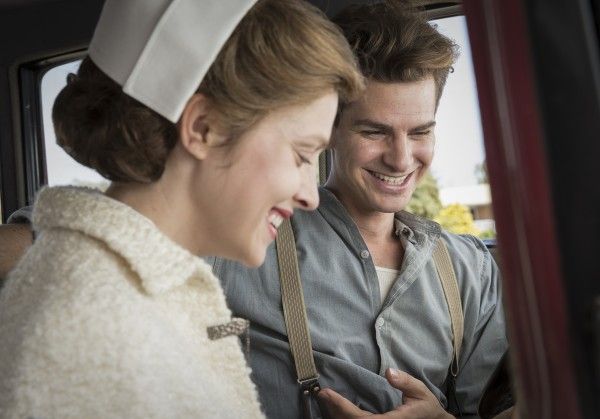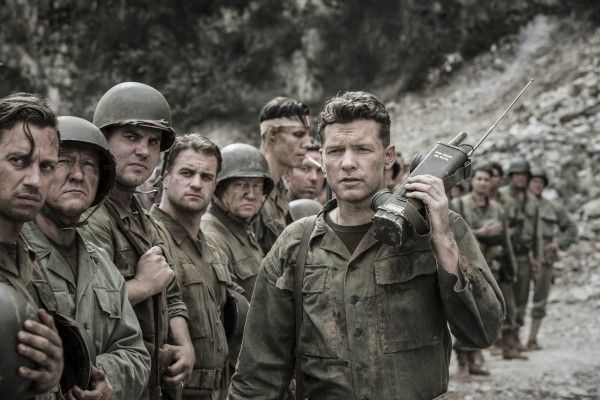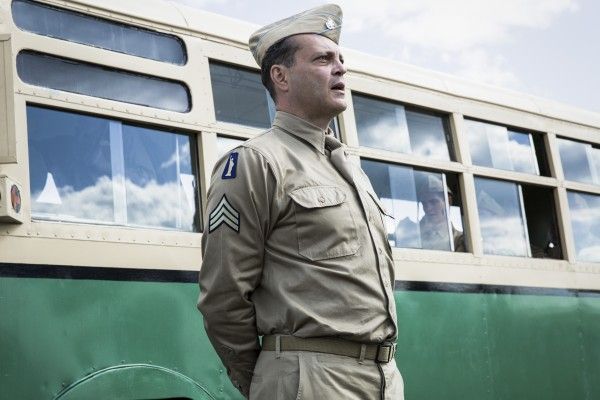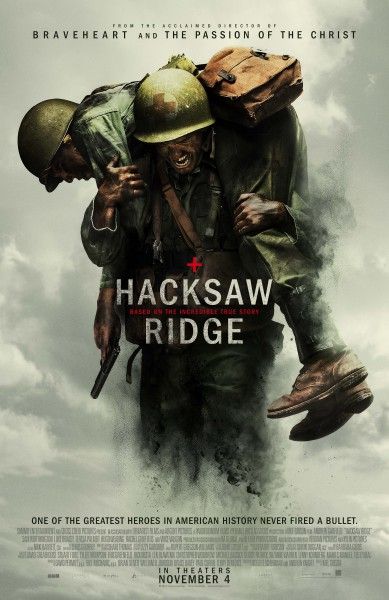-
Last week I got to do something I’ve wanted to do for a long time: have an in-depth talk about filmmaking with Mel Gibson. While I’ve been a fan of Gibson’s for what feels like my entire life from his work in Mad Max and Lethal Weapon, I’m even more impressed by his talent behind the camera. As the director of The Man Without a Face, Braveheart, The Passion of the Christ, Apocalypto and his latest film, Hacksaw Ridge, Gibson has shown a keen eye for staging action that’s easy to follow.
In his latest movie, Hacksaw Ridge, Gibson tells the true story of Desmond Doss, a conscientious collaborator and Army medic who refused to bear arms during World War II, but ended up saving 75 men during the bloodiest battle of the war without firing a single bullet. Written by Robert Schenkkan, Andrew Knight, and Braveheart scribe Randall Wallace, it’s an incredibly well made film that doesn’t shy away from showing what really happens in war while also paying tribute to a man that did something next to impossible. While many of us love superhero movies, Hacksaw Ridge is about a real hero. It’s absolutely worth seeing this weekend in theaters. The film stars Andrew Garfield as Desmond Doss and the rest of the great cast includes Sam Worthington, Luke Bracey, Teresa Palmer, Hugo Weaving, Rachel Griffiths, and Vince Vaughn.
During my extended video interview with Gibson we talked about how it took a while for him to agree to make the film, what changed during the development process, his love of digital filmmaking, how the film industry has changed since he made Braveheart, the way he crafts his action set pieces, who he trusts for honest feedback (it used to include Ridley and Tony Scott), his original cut of Braveheart, what films he might direct in the future, and so much more. Trust me, if you’re a fan of Mel Gibson’s movies, I’m very confident you’ll enjoy this interview.
Watch what he had to say in the player above and below you’ll find a list of everything we talked about.
Mel Gibson:
- What do we need to do to get him to make more movies?
- How he was given the script for Hacksaw Ridge a few times before he agreed to do it.
- How much changed during the development process? Talks about the specifics of the battle, Desmond’s father, and PTSD.
- Talks about crafting the action set pieces.
- The importance of being able to follow the action and the importance of strong editing.
- Talks about how the industry has changed over the past 20 years. When making Braveheart he had 105 shooting days and 54 million dollars. On Hacksaw Ridge he had 40 million dollars and 59 shooting days.
- Who does he trust for honest feedback? Talks about how he showed Ridley and Tony Scott early cuts of Braveheart and Passion of the Christ.
- How many takes does he like to shoot on set?
- Talks about how if you want to make “good quality stuff you have to do it for a price and you have to hit that three pointer every time.”
- What does he think of digital cameras and digital filmmaking?
- Talks about making Apocalypto with digital cameras and what they were able to accomplish with the Genesis cameras.
- How by shooting digitally you can manipulate the image in the edit and use lower light.
-
How long was his first cut of Braveheart? Talks about how it was 3 hours and 45 min.
- How he has an hour of deleted scenes that has never been seen.
- Has anyone ever asked him to create an extended cut of Braveheart?
- How they were able to get the running time to a manageable length.
- His thoughts on Mad Max: Fury Road.
- On what he learned working with George Miller.
- How he wrote a few things during his hiatus and what he might do next.
Here’s the official synopsis for Hacksaw Ridge:
HACKSAW RIDGE is the extraordinary true story of conscientious collaborator Desmond Doss [Andrew Garfield] who, in Okinawa during the bloodiest battle of WWII, saved 75 men without firing or carrying a gun. He believed the war was just, but killing was nevertheless wrong; he was the only American soldier in WWII to fight on the front lines without a weapon. As an army medic, Doss single-handedly evacuated the wounded from behind enemy lines, braved fire while tending to soldiers and was wounded by a grenade and hit by snipers. He was the first conscientious objector to ever earn the Congressional Medal of Honor.

